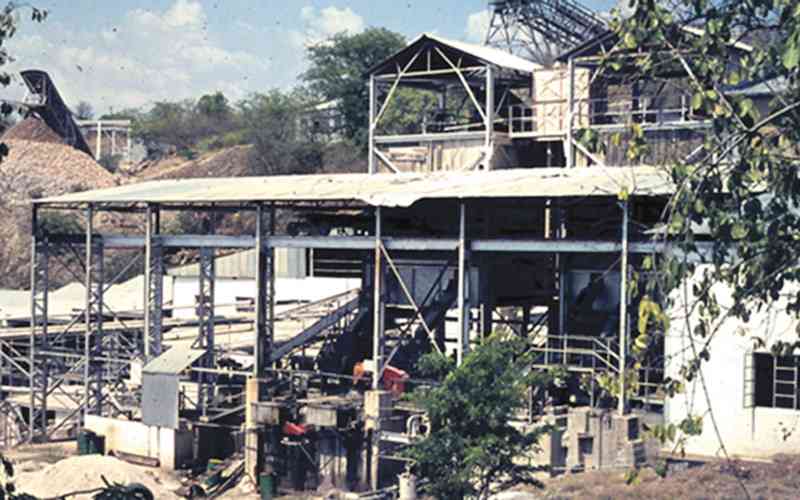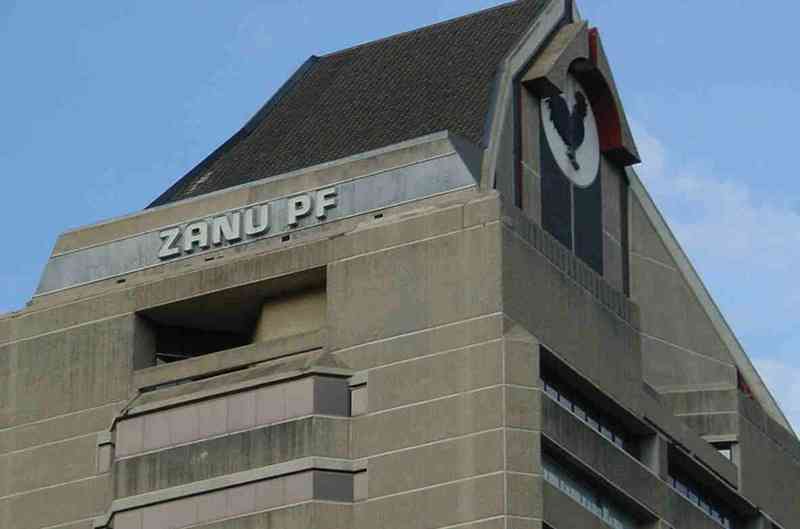
ALMOST three decades since the closure of Kamativi Tin Mine in Hwange, the remaining community of ex-employees of the mine have been struggling to make ends meet.
Paint is peeling off the mine’s old buildings. Some of the old houses have been abandoned and those still being occupied have, indeed, seen better days and are barely enduring vagaries of the elements.
There is not much activity taking place there, except at the small shopping centre where some men while up time drinking booze.
The Kamativi Tin Mine was closed way back in 1994, leaving its workers with no sources of livelihood, except buying and selling odds and ends.
Farming prospects are low due to arid nature of the areas where water is a real precious commodity.
The area is also wildlife infested, making any forages to fields risky business.
Kamativi Residents Association chairperson Timothy Mvula told NewsDay this week that it has been a hard slog making ends meet at Kamativi for the nearly three decades.
“Since 1994 when the tin mine closed, people here have been surviving from hand to mouth,” Mvula said.
- Poaching syndicates trap vulnerable villagers
- Power cuts spur Zimbabwe’s green energy revolution
- Power crisis needs practical solutions
- Youth candidates debate manifestos on social media
Keep Reading
“Some have been buying and selling all sorts of products to earn a living, but most of us have been surviving through fishing at the mine dam.
“However, fishing at the dam is very dangerous as it is crocodile-infested. But people have no choice. The fish is sold in Hwange and at Cross Dete.”
The residents’ chairperson is himself a victim of a crocodile attack, which cost him one of his legs.
Of late, the community has, however, been upbeat following the coming in of Chinese lithium miners, the Kamativi Mining Company (KMC), which they hope will throw them a new lifeline.
“The lithium project is not yet fully operational because exploration is still underway. We don’t know what we will get, but young people from the community are already getting jobs and KMC has installed boreholes to alleviate the water problems in the area,” Mvula said.
The Kamativi community, however, fears losing their houses to the lithium mining company.
Some of the residents have been at Kamativi since the 1960s when the mine was opened.
“We want ownership of the houses like what happened at Alaska Mine and Mhangura Mine. This is where we grew up since childhood. We now fear that the new investor will remove the ex-Kamativi Tin Mine employees and place the new KMC employees in the houses,” he said.
But KMC chief operations officer Turkey Liang told NewsDay that the old Kamativi Tin Mine houses are owned by the Zimbabwe Mining Development Corporation.
“We will not force people out, we only want to get the empty houses after consultations with the Kamativi Rural District Council,” Liang said.
The Chinese investor said since the lithium project started, 300 people have been employed in phase one of the project.
“Most of the general hands employed are from the local community. It is only in specialised fields like engineering where we employ people from outside Kamativi,” Liang said.
More than 2 000 jobs are expected to be created directly and indirectly during phase two of the project.
“Already we are installing boreholes for the community, the roads are being serviced from the Kamativi turn off to the community, and we are bringing new life to the community. We want Kamativi to be a world-class mining town,” Liang said.
The area has lithium, tin and tantalite deposits.










